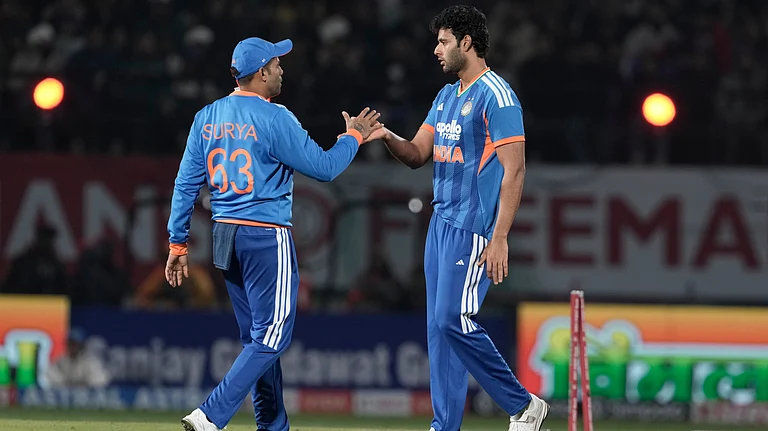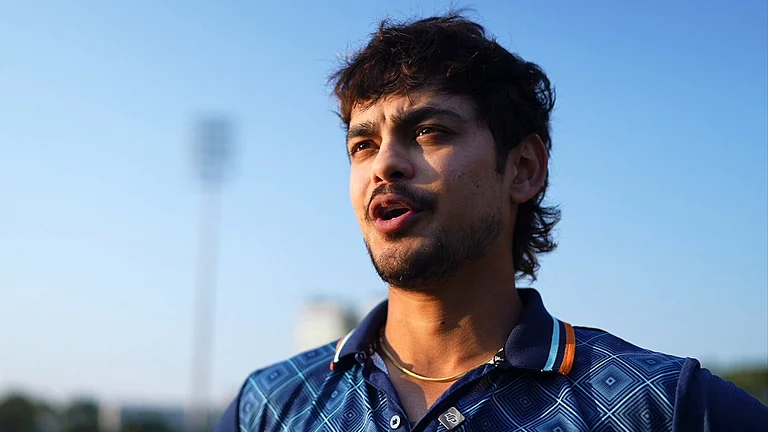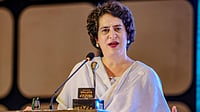To begin with, he expands the circle of reason beyond any perimeter his admirers could have set for him. The triumph of his story is that it defies summary. But let me try. The novel opens somewhere in the not-too-distant future, where Antar, a computer-bound, Egyptian clerk in New York, inadvertently comes across the abandoned identity card of a former colleague, L. Murugan, a self-professed authority on Ronald Ross, the scientist who cracked the malaria conundrum in 1898 in Calcutta. Murugan, completely obsessed with an arcane malarial theory of his own, had himself disappeared in 1995 in Calcutta under weird circumstances.
With all the power of computers of the future, Antar, without moving from his chair, begins to investigate the strange story of Murugan. In no time at all he finds himself enmeshed in a tale so bizarre as to defy all explanation. The story leads back to Ronald Ross's tropical laboratory in Calcutta, and his scientific exertions in Secunderabad, and boasts a cast of characters wacky enough to people a Fellini film. There are itinerant western microbiologists, native bearers who know more about malarial research than the scientists, sweeper-women with intimations of immortality, station-masters who disappear, ghost trains that suddenly appear, writers who swear by silence and Armenian matrons who conduct seances.
All of these are players in Murugan's theory, the burden of which is that Ronald Ross was led by the hand, though unwittingly, through the labyrinth of malarial research by a clandestine anti-knowledge cult whose motives are shrouded in mystery. Murugan reckons this cult was on the trail of the Calcutta Chromosome. They were not interested in diseases and cures and epidemiology, what they were after was immortality. Preliminary research on malaria, Murugan calculated, had put them in the pursuit of the Calcutta Chromosome by which information could be transmitted chromosomally, from body to body. In other words, when "your body fails you, you leave it, you migrate—you or at least a matching symptomology of your self. You begin all over again, another body, another beginning."
This appears on page 91, and I dwell on it because it contains an important key to understanding a lot of what happens later in the book. Many readers, after galloping through the pages in an increasing frenzy of cerebral excitement, are apt to turn around a little disappointed at the end to query, "What happened? Where are the answers? Who's tying up the loose ends?" Well Ghosh is not. Certainly not conventionally, in the last chapter. For this is not a detective novel where the plot is the book. Many of the explanations are buried in the text itself. Yes, you have to dip into it a second time to find some of them—not such a distasteful task considering the enthralling nature of the story. I found some, others eluded me. It's possible Ghosh may not have provided all the answers.
But there's no ignominy there. After all, life does not easily yield all its secrets. The paranormal is forever cocking a snook at the normal. And Ghosh conjures and records the voice of high reason and inscrutable unreason with similar equipoise of tone and style, thus paying tribute, even as he's ensconced in New York, to the occult Indian self. This book is an amazing amalgam of many things, a very impressive display of scholarship, narrative skills, and complex plotting. In the strange eeriness of its tone it is reminiscent of another contemporary master, Paul Auster. In this book, in the manner of Auster but with greater range, Ghosh achieves a peculiarly haunting quality. The book's pleasures lie not in the answers to its mysteries, but in the mysteries themselves.
Clearly, in English at least, Amitav Ghosh remains our only real novelist of ideas, and the only one unafraid to challenge himself continually.


























